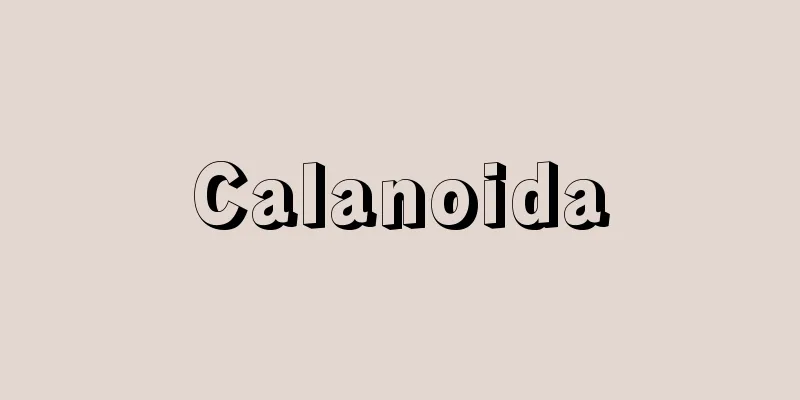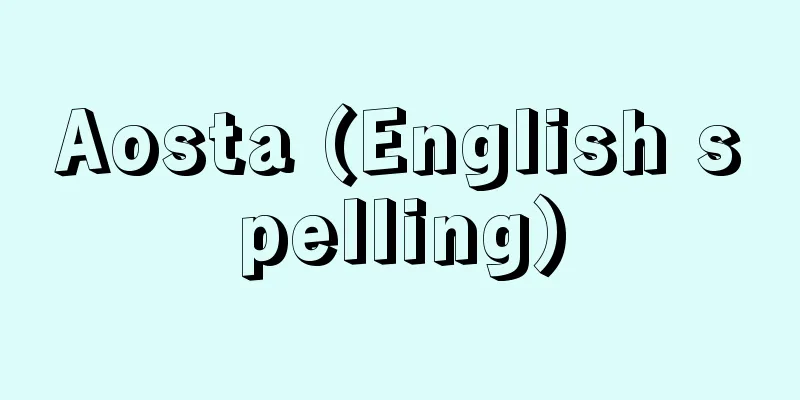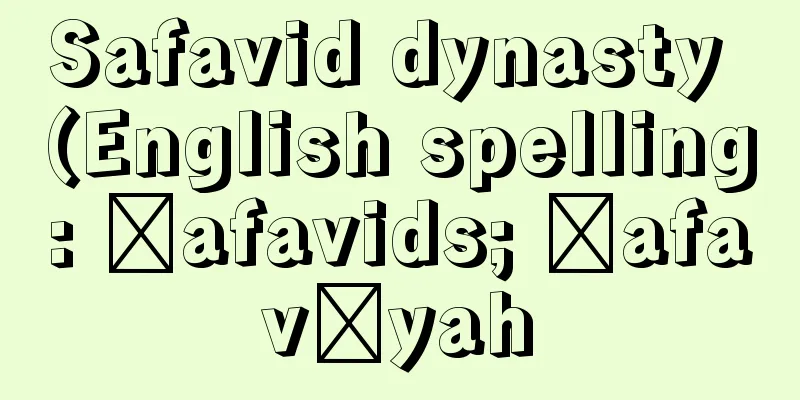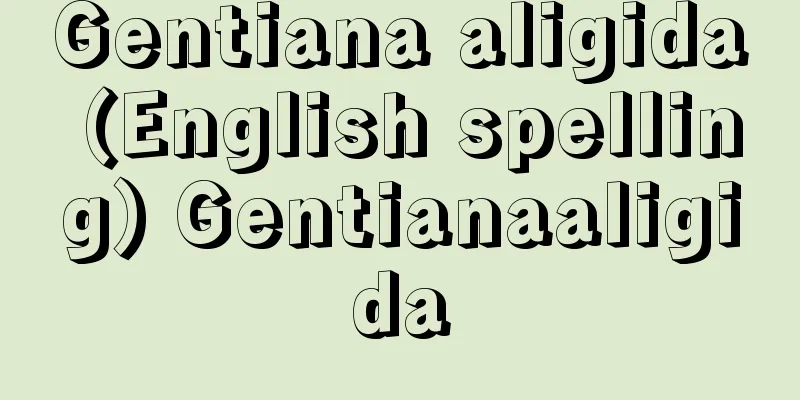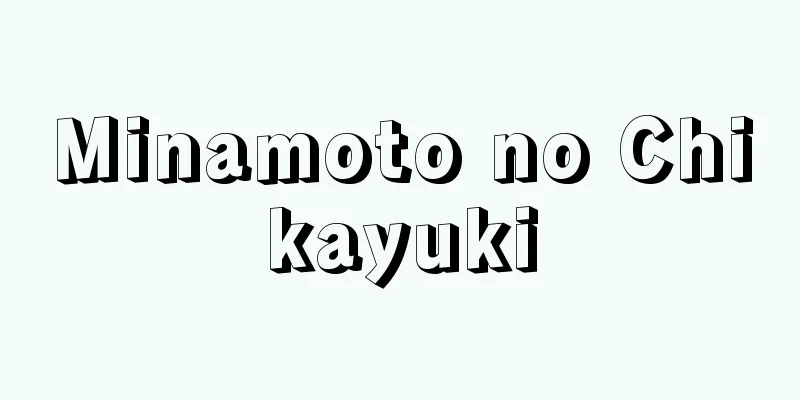Tenjinyama Kofun
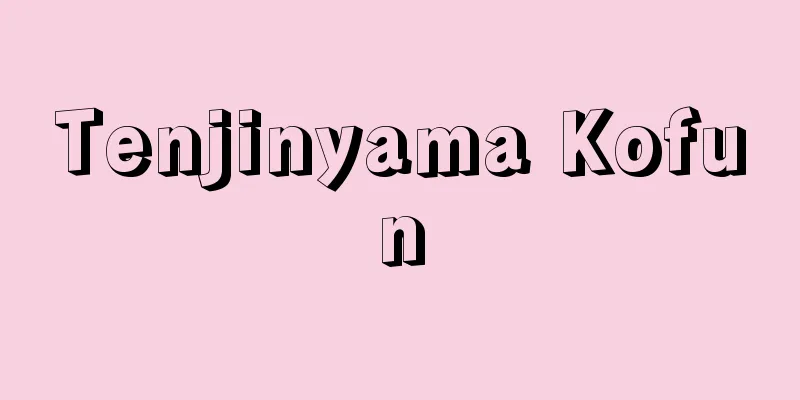
|
(1) Ota Tenjinyama Kofun Located in Uchigashima, Ota City, Gunma Prefecture. Built on flat ground, it is the largest keyhole-shaped tumulus in eastern Japan, with a total length of 210 meters. It is surrounded by a double shield-shaped moat. The prefecture and city have conducted surveys of the surrounding moat a total of three times. The mound is covered with roofing stones made from river stones, and in addition to cylindrical haniwa, vessel and treasure-shaped haniwa have been erected. In the middle of the rear mound, the remains of a long-chest-shaped stone coffin with rope-hanging protrusions made of tuffaceous sandstone that was robbed before the Edo period remain. Nearby, there are several secondary tombs, as well as the Nyotaizan Kofun, a scallop-shell-style tumulus with cylindrical haniwa of the same construction on the same axis. A tumulus from the mid-5th century. Nationally designated historic site. (2) Maebashi Tenjinyama Tomb Located in Boyama, Gokan-cho, Maebashi City, Gunma Prefecture. A 129-meter long keyhole-shaped tomb built on a terrace on the right bank of the Hirose River. It has roofing stones and a moat. When the city investigated the tomb in 1968 (Showa 43), a long clay coffin was found in the circular mound at the north end of the mound. Five mirrors, including a triangular-rimmed god and beast mirror similar to those found in the Chausuyama Tomb in Sakurai, Nara and the Mochida No. 48 Tomb in Miyazaki, were excavated from the tomb. Weapons and armor such as bronze arrowheads, iron arrowheads, swords, and quivers, tools such as iron axes, chisels, spears, and knives, and spindle-wheel shaped stone products were also excavated. At the top of the mound at the rear were found a crimson-painted jar-shaped earthenware vessel with a hole in the bottom before it was fired, a high-rise bowl, a small round-bottomed crucible, and a vessel stand. This is an early Kofun period tomb from the Kanto region in the late 4th century with a strong Kinai-style flavor. Currently, only a part of the mound at the rear remains. The grave goods are designated as Important Cultural Properties by the national government. (3) Yamato Tenjinyama Tomb Located in Tenjin, Yanagimoto-cho, Tenri City, Nara Prefecture. Also called Yanagimoto Tenjinyama Tomb. A 113-meter long keyhole-shaped tomb located at the foot of a mountain. It is a secondary tomb of the Sujinryo Tomb. Excavated by the Kashihara Archaeological Institute in 1960, a pit-style stone chamber containing a wooden chest was discovered in the circular mound at the rear. Unearthed inside and outside the wooden chest were 23 mirrors, including six square-grid mirrors from the Later Han Dynasty, as well as iron swords, straight swords, iron arrowheads, iron axes, hacksams, and iron sickles, along with about 41 kilograms of mercury vermilion. This is an early Kofun period with many noteworthy points in relation to the neighboring Sujinryo Kofun, such as its unique main body structure, the fact that it is said not to have involved any human burials, the large amount of mercury vermilion unearthed, and the fact that the grave mirrors do not include any triangular-rimmed divine animal mirrors, with most being Chinese mirrors. [Hirofumi Hashimoto] Source: Shogakukan Encyclopedia Nipponica About Encyclopedia Nipponica Information | Legend |
|
(1)太田天神山古墳 群馬県太田市内ヶ島にある。平地につくられた全長210メートルの東日本最大の前方後円墳。盾形二重の濠(ほり)を巡らす。県・市が計3回にわたって周濠(しゅうごう)部の調査を行っている。墳丘には川原石使用の葺石(ふきいし)を施し、円筒埴輪(はにわ)のほかに器財形埴輪を樹立する。後円部中腹に、江戸時代以前に盗掘された凝灰質砂岩製の縄掛(なわかけ)突起を有する長持形石棺(ながもちがたせっかん)底石棺材が遺存する。近くに数基の陪塚(ばいづか)のほか、同一主軸をとって同工の円筒埴輪を有する帆立貝(ほたてがい)式古墳の女体山(にょたいざん)古墳が存在する。5世紀中葉の古墳。国指定史跡。 (2)前橋天神山古墳 群馬県前橋市後閑(ごかん)町字坊山に所在する。広瀬川右岸の段丘上に築造された全長129メートルの前方後円墳。葺石と周濠をもつ。1968年(昭和43)の団地造成時に市が調査し、後円部に北頭位の長大な粘土槨(かく)を確認した。奈良桜井茶臼山(ちゃうすやま)古墳、宮崎持田48号古墳などの鏡と同笵(どうはん)関係にある三角縁神獣鏡をはじめとする5面の鏡と、銅鏃(どうぞく)、鉄鏃、刀剣類、靫(ゆぎ)などの武器・武具、鉄斧(てっぷ)・鑿(のみ)・鉇(やりがんな)・刀子(とうす)などの工具類、紡錘車形石製品などが出土した。後円部墳頂には焼成前に底部を穿孔(せんこう)した丹(に)塗りの壺(つぼ)形土器、高坏(たかつき)、小型丸底坩(かん)、器台が存在した。4世紀後葉の関東における畿内(きない)的色彩の強い前期古墳。現在、後円部の一部を残すのみである。副葬品類は国指定重要文化財。 (3)大和(やまと)天神山古墳 奈良県天理市柳本町天神にある。柳本天神山古墳ともいう。山麓(さんろく)に立地する全長113メートルの前方後円墳。崇神(すじん)陵古墳の陪塚的位置にある。1960年(昭和35)橿原(かしはら)考古学研究所が発掘し、後円部に木櫃(もくひつ)を納めた竪穴(たてあな)式石室を検出した。木櫃内外から後漢(ごかん)の方格規矩鏡(ほうかくきくきょう)6面を主体とする23面の鏡をはじめ、鉄剣、直刀、鉄鏃、鉄斧、鉇(やりがんな)、鉄鎌(てつがま)などと約41キログラムの水銀朱が出土した。特異な主体部構造、人体埋葬を伴わないとされること、水銀朱の大量出土、副葬鏡に三角縁神獣鏡を含まず、大半が中国鏡であることなど、隣接する崇神陵古墳との関係で注目すべき点が多い前期古墳である。 [橋本博文] 出典 小学館 日本大百科全書(ニッポニカ)日本大百科全書(ニッポニカ)について 情報 | 凡例 |
<<: Tenth (English spelling) Iniistius dea
>>: Transformation story - Tenshin Monogatari
Recommend
Grafting
A type of propagation technique used to propagate...
Black Dragon Society
A Japanese nationalist group. Founded in 1901 (Me...
Chippewa
...Indian people who live in the area from Lake S...
Pigafetta, Antonio
Born: 1480/1491. Vicenza Died around 1534. Italian...
Gymnopilus spectabilis (English spelling) Gymnopilusspectabilis
...There are about 50 species of mushrooms with s...
Cicatrization - Hankonbunshin (English spelling)
A type of body modification, a custom in which the...
Schistocerca gregaria (English spelling) Schistocercagregaria
...Lachoppers that fly in swarms are called flyin...
Mancheng Han Tombs - Manjō Kanbo
In 1968, a soldier from the People's Army dis...
Foster, Jodie
Born November 19, 1962 in Los Angeles, California....
Jovanoviĉ, P.
...A country that existed in the western Balkan P...
Secured Bonds - TANPOTSUKI SHAI
A bond with a security attached to it. It is the ...
barkenteen
…a typical style of ocean-going sailing ship that...
Akappe - Akappe
...The body is pale pink or crimson red, with fiv...
QOL - Quality of life
QOL is a concept that includes not only physical w...
LSI - LSI
Abbreviation for large scale integration. Also ca...

